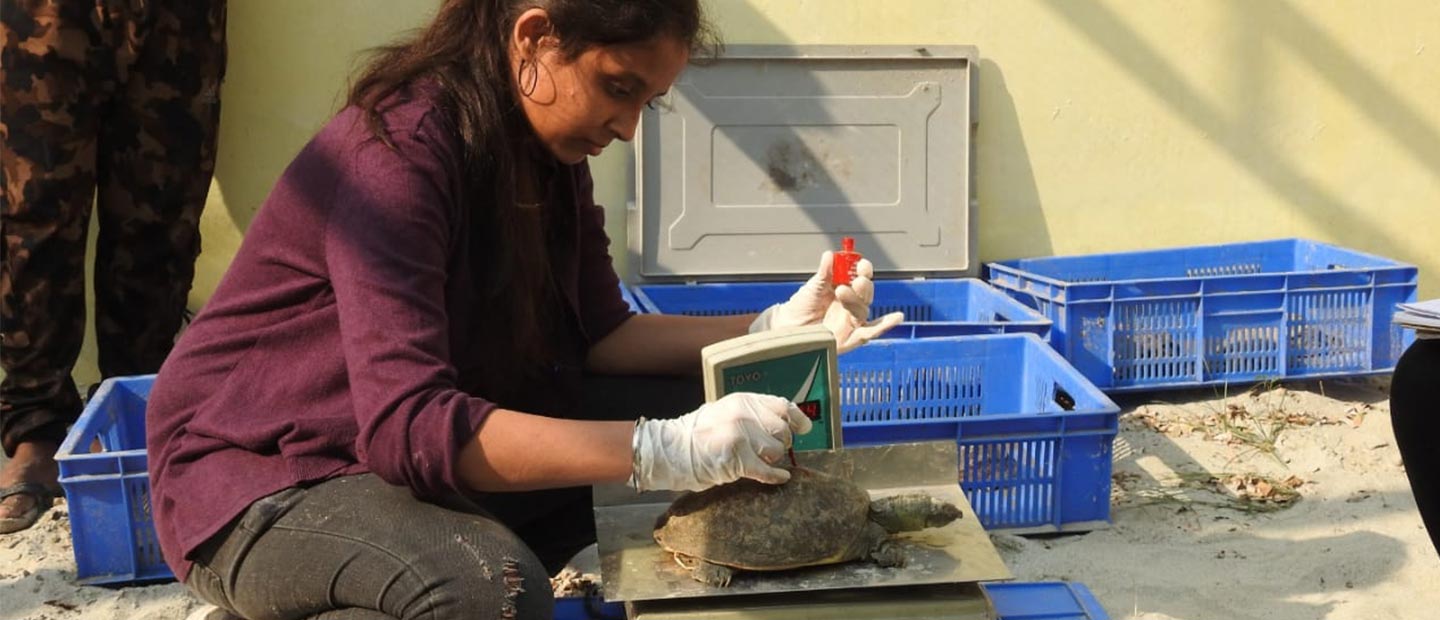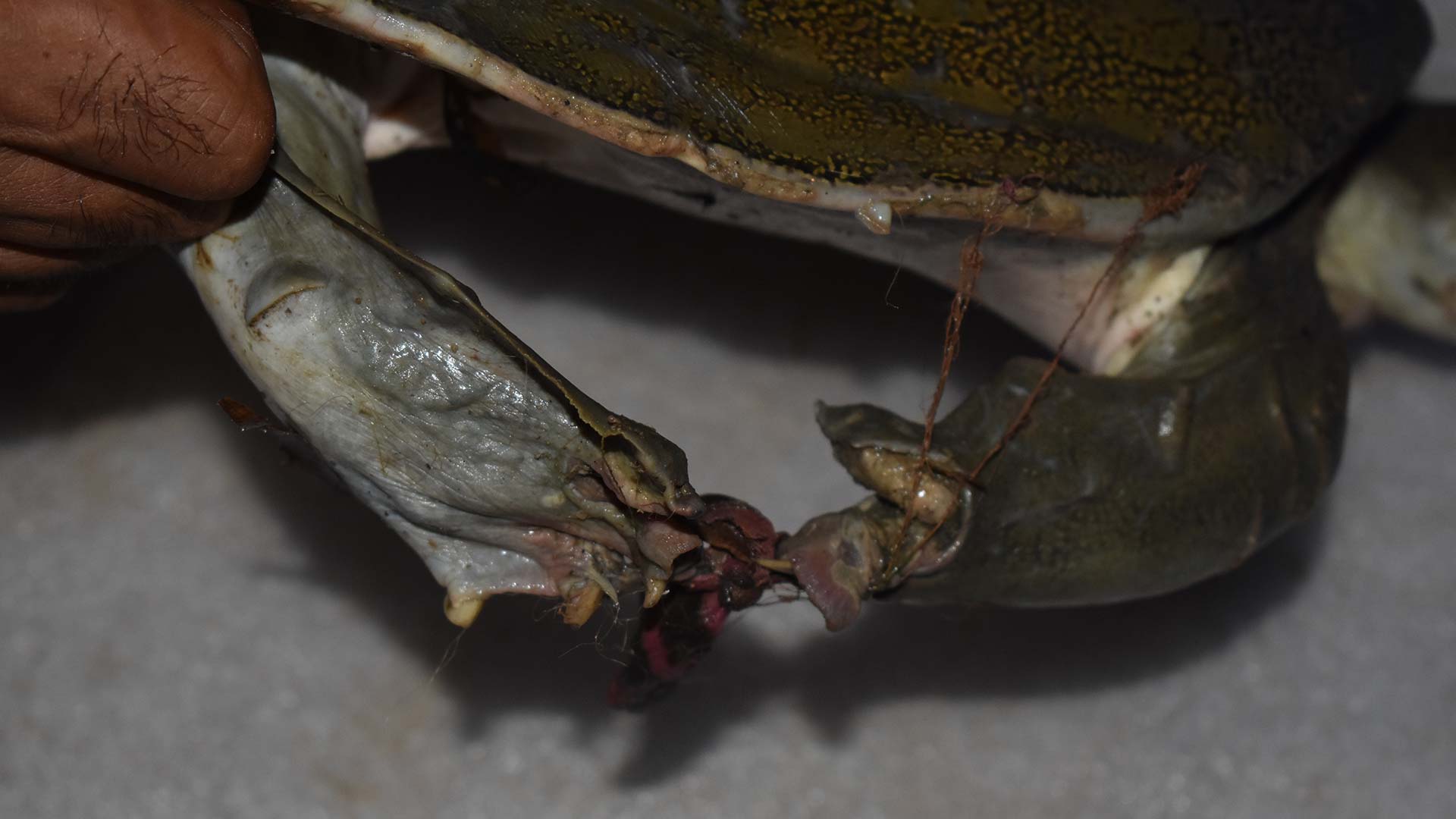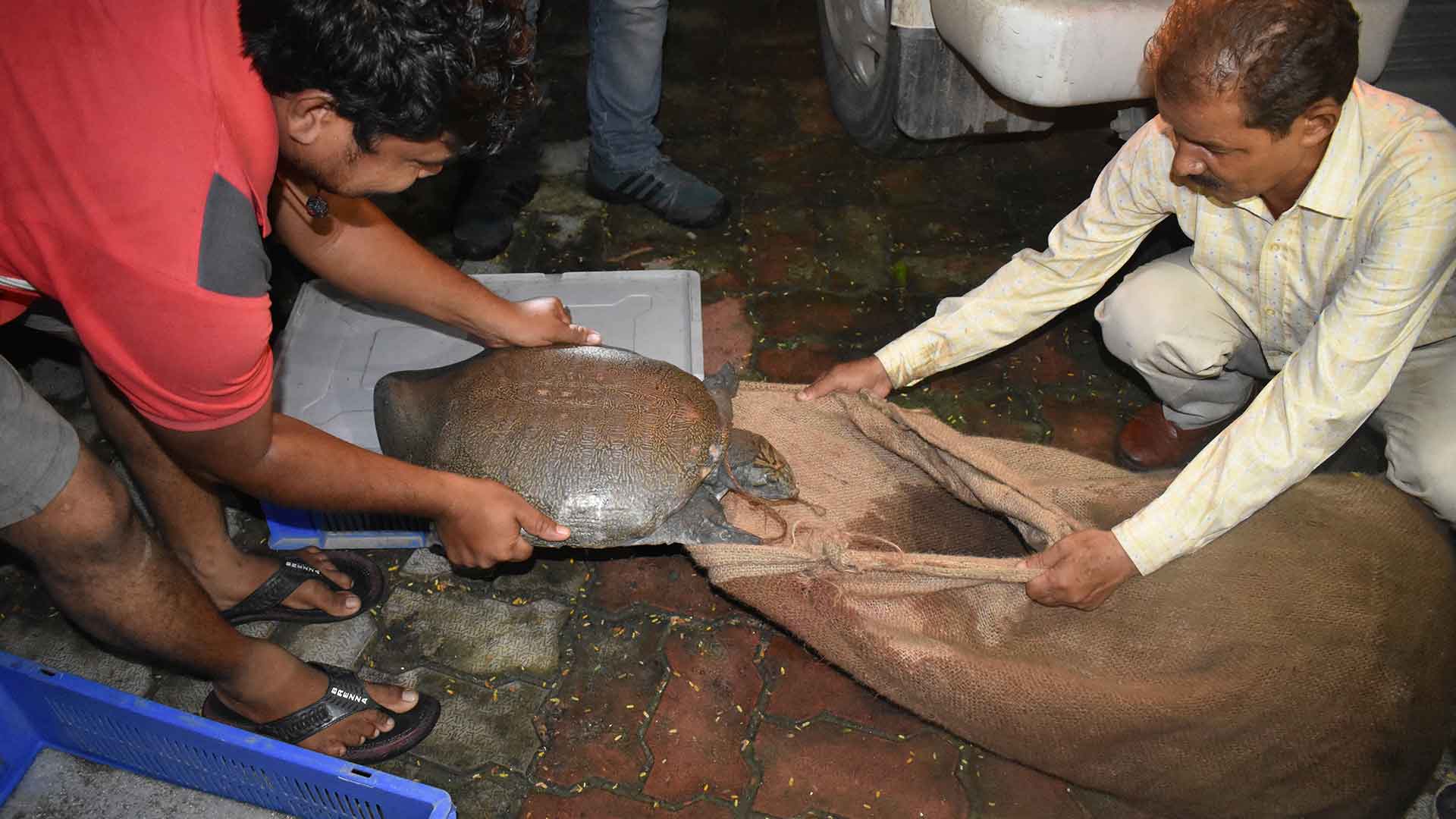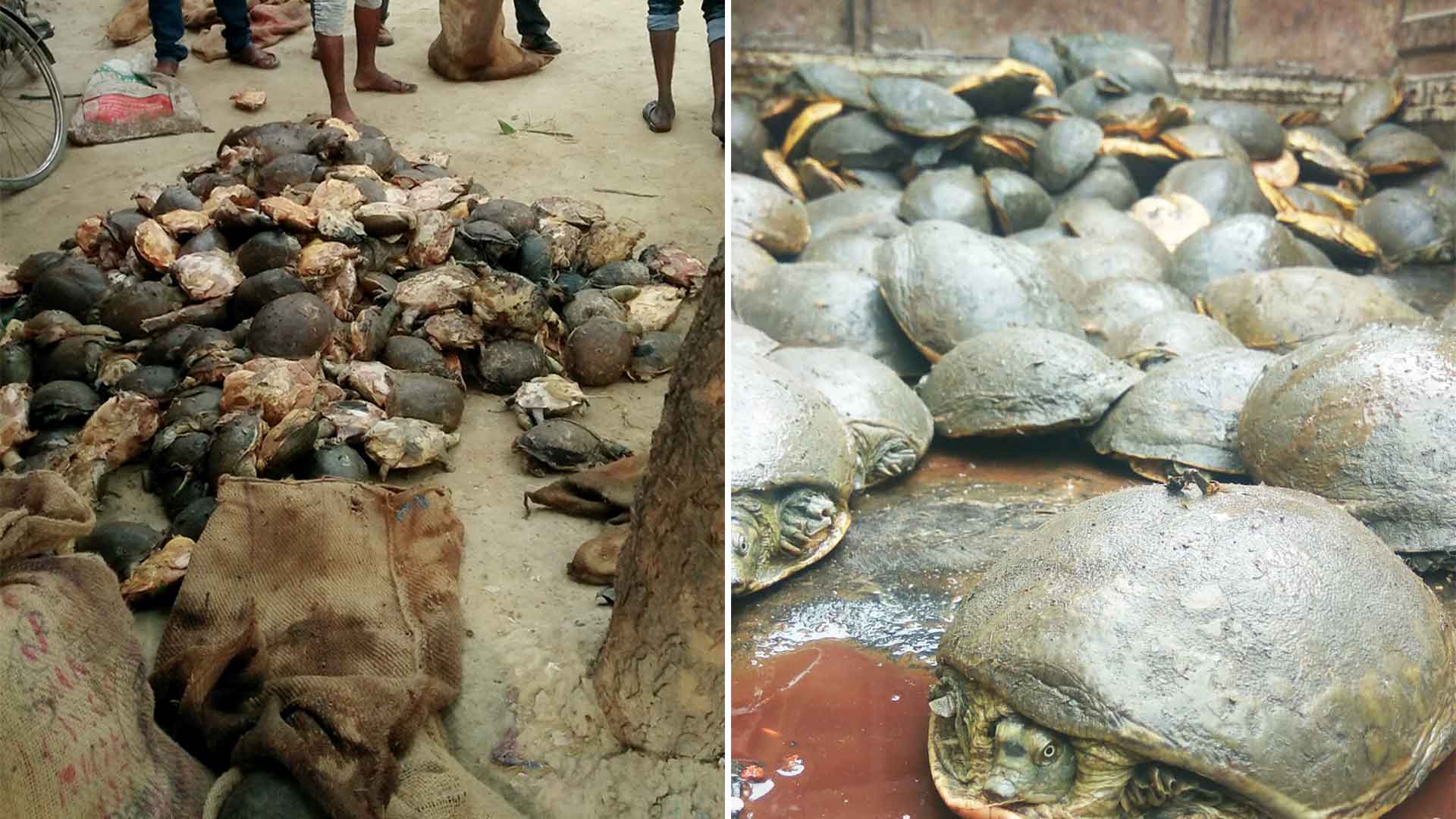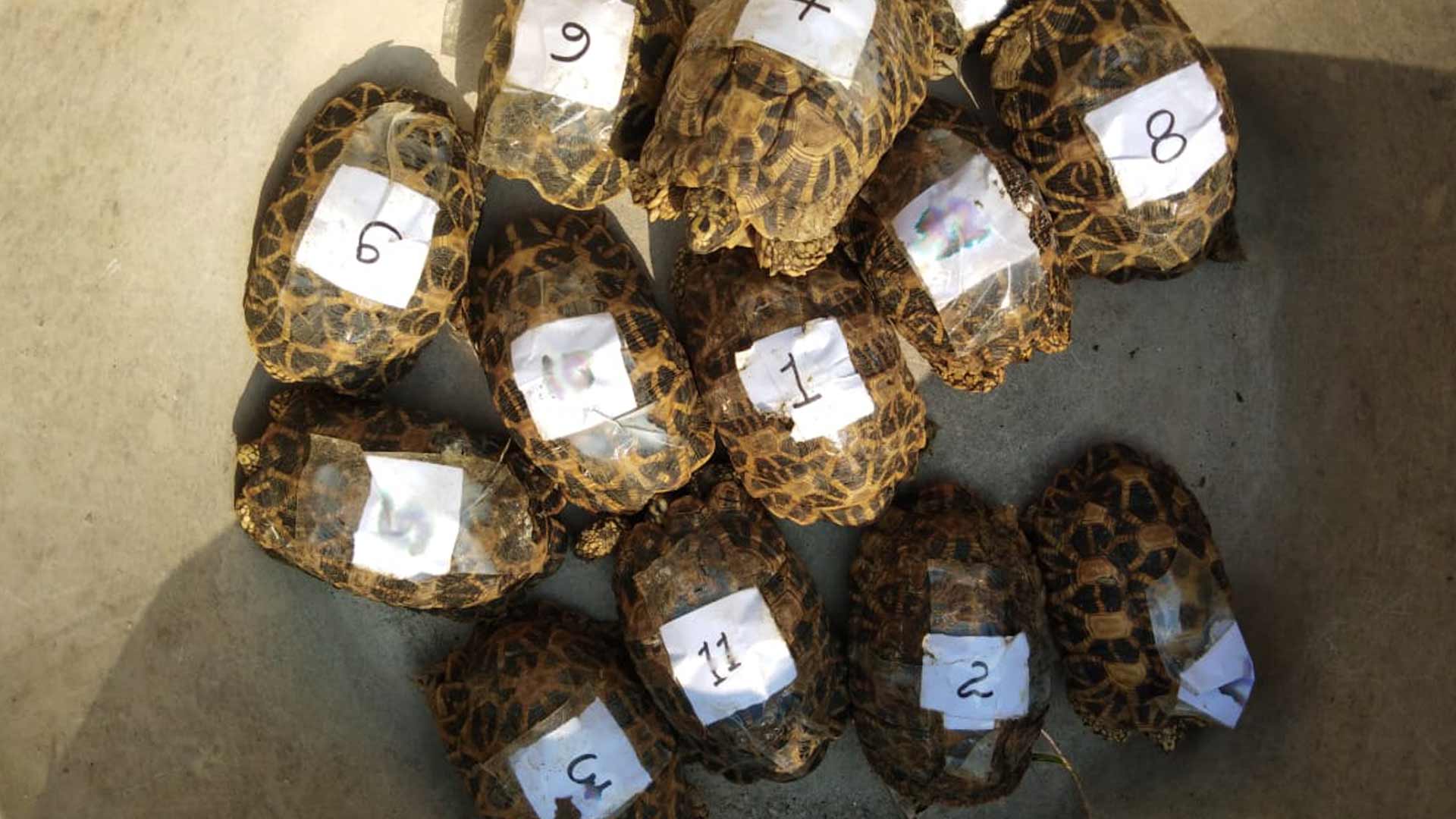How much do you know about our Wild Work? As a not-for-profit conservation organisation, Auckland Zoo is committed to safeguarding our beautiful planet, all of its remarkable species, and spectacular landscapes for generations to come. We bring you #Wildwork Wednesday to show you some remarkable people, undertaking extraordinary work in NZ and abroad.
Freedom so close, they must almost be able to taste it. Flipped right-side up by their rescuers, turtles scramble excitedly towards the river. It’s the end of a difficult but vital journey to return them to the wild. The Sultanpur Division of the Turtle Survival Alliance (TSA) is fighting a battle to save illegally poached tortoises and freshwater turtles in the north of India and safeguard their populations, before it’s too late. Every year in the Indian winter, as the turtles and tortoises hibernate, poachers come. One species, the strange looking Indian flapshell turtle (Lissemys punctata), is of significant concern, as it’s been the most heavily hit by the black market turtle trade.


